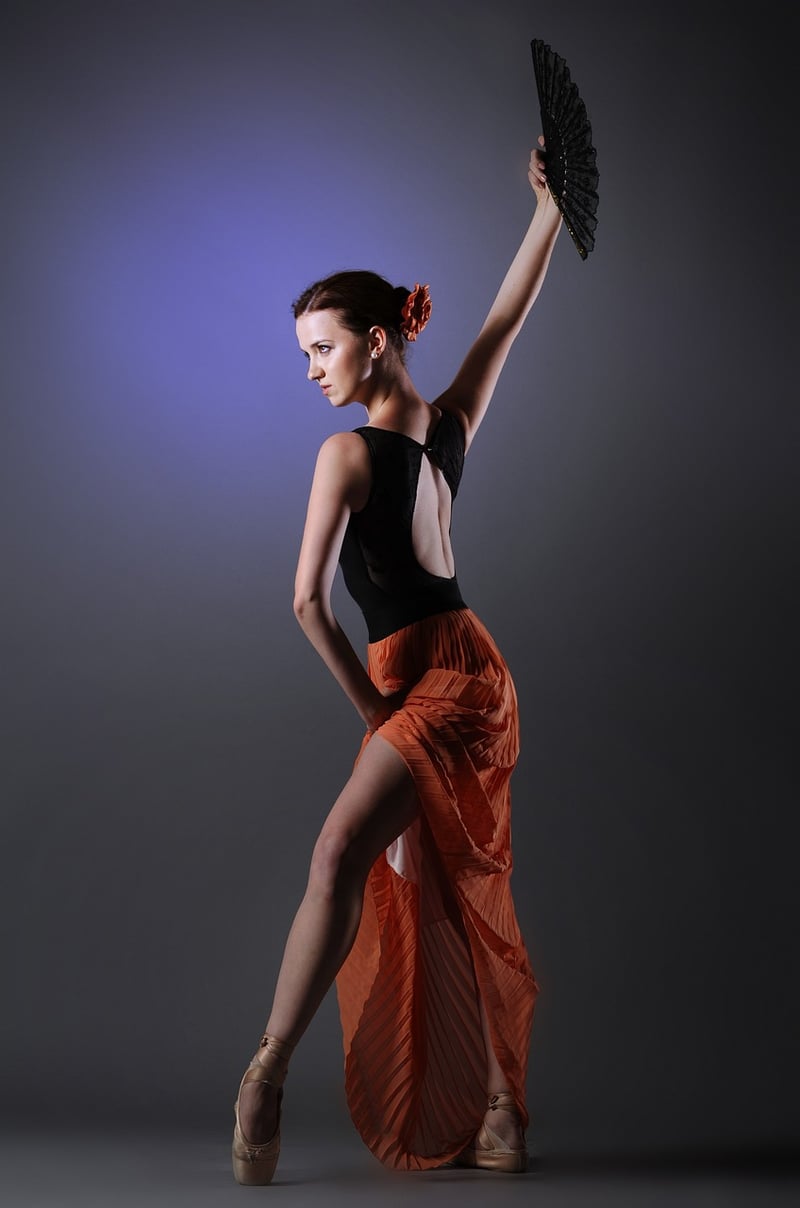Contemporary
Exploring Expressive Movement Forms in Contemporary Dance
Contemporary dance is a dynamic and evolving art form that blends elements of various dance styles to create unique expressions. One of the key components of contemporary dance is the use of expressive movement forms to convey emotions, tell stories, and provoke thought. In this article, we delve into the world of expressive movement forms in contemporary dance and how they contribute to the rich tapestry of this genre.
The Power of Body Language
Expressive movement forms in contemporary dance harness the power of body language to communicate without words. Dancers use their bodies as instruments to convey a wide range of emotions, from joy and love to sadness and despair. Through fluid movements, sharp gestures, and intricate patterns, dancers paint a vivid picture that resonates with audiences on a deep emotional level.
Exploring Different Techniques
Contemporary dance draws inspiration from various movement techniques, including ballet, modern dance, and improvisation. Dancers often combine these techniques to create a unique movement vocabulary that reflects their individual style and artistic vision. By experimenting with different techniques, dancers push the boundaries of traditional dance forms and pave the way for innovation and creativity.
Embracing Creativity and Collaboration
Expressive movement forms encourage dancers to embrace their creativity and collaborate with other artists to create meaningful and impactful performances. Through improvisation sessions, choreographic workshops, and collaborative projects, dancers explore new ways of moving and interacting with each other, leading to groundbreaking performances that challenge conventional norms.
Pushing Boundaries and Breaking Stereotypes
Contemporary dance is known for its boldness and willingness to push boundaries and break stereotypes. Dancers use expressive movement forms to challenge societal norms, address political issues, and advocate for social change. By embodying powerful narratives through their movements, dancers become agents of transformation and inspire audiences to reflect on the world around them.
Conclusion
Expressive movement forms play a pivotal role in contemporary dance, allowing dancers to communicate complex emotions, explore diverse techniques, collaborate with other artists, and advocate for social change. By embracing creativity, pushing boundaries, and breaking stereotypes, contemporary dancers continue to redefine the art of movement and inspire audiences worldwide.

Explore the captivating world of expressive movement forms in contemporary dance and discover the limitless possibilities of the human body in motion.
References:
Contemporary Dance - Expressive Movement
The Power of Expressive Movement in Contemporary Dance
